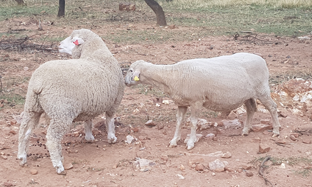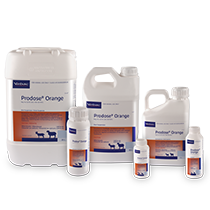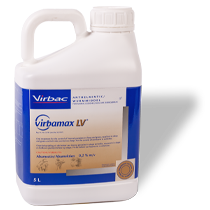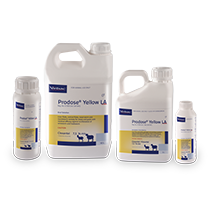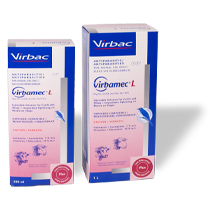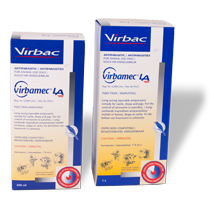
Nasal bot in sheep
Nasal bots are the maggots or larvae of the sheep bot fly, Oestrus ovis. The bots do not develop to maturity in species other than sheep and goats. Although not recognised immediately, a nasal bot infestation may negatively affect sheep over a longer period of time. Growth, wool production and even reproduction can be affected. Nasal irritation is common with an infection that can sometimes lead to breathing difficulties.
Fly activity is seasonal and generally peaks in spring and late summer when temperatures exceed 20 °C, but the pattern of fly activity varies between regions. The female fly has a lifespan of approximately two days in summer and four weeks in cold weather. The sheep nasal bot fly deposits larvae, not eggs, on its host. Once larvae have been deposited at the sheep’s nostrils, they move and grow within the nasal cavity and the frontal sinuses. They develop through three larval stages and when mature (about 3 cm long), the larvae are sneezed out. This is the only stage likely to be observed. The rate of development of larvae within the sheep’s head is highly variable and can take as long as ten months or as little as six weeks. Expelled bots form pupae in the soil and flies emerge from these after a few weeks. The duration of each stage of the lifecycle is highly variable, mainly dependent on temperature.
Most infestations pass unnoticed, but sheep may show disturbed behaviour when bot flies are present. Sheep may congregate in shaded places where the flies are less active. This can affect their grazing patterns and ultimately condition, growth and even wool production. Infested sheep may have a discharge from the nostrils, difficulties in breathing, and sneeze or cough. The nasal discharge can affect the sheep’s ability to smell odours. Rams can experience difficulty in detecting ewes ready to mate. When ewes have lambed, they bond and identify their lambs through smelling.
There is no commercially available test that will identify infested sheep. The flies themselves are a little smaller than the common blowfly but are rarely seen. The peculiar behaviour of sheep when the bot flies are active may indicate that some sheep in the flock are likely to become infested. This includes snorting, stamping the front feet, running in short bursts, and burying their noses into the fleeces of other sheep. A nasal discharge, with or without coughing and sneezing, would arouse suspicion but is not the only diagnostic for nasal bot infestation detection. Nasal discharge can be confused with lung related diseases.
Macrocyclic lactone’s (ML’s - like ivermectin, abamectin and moxidectin) as well as closantel are actives registered for the treatment of sheep against nasal bots. To ensure peace of mind, use products like Prodose Orange or Prodose Yellow LA, that contains closantel as an active ingredient. In the ML group, Virbamax First Drench, Virbamax LV and the Virbamec range are also used effectively against nasal bots.

